(NLDO) - The surprising truth about a half-star, half-planet object discovered nearly three decades ago has just been decoded.
According to Science Alert, in 1995, researchers from the California Institute of Technology (Caltech - USA) used the Palomar Observatory to find what appeared to be a brown dwarf, a type of object intermediate between a star and a planet.
It's called Gliese 229 B, and it orbits a red dwarf star just 19 light-years away.
But Gliese 229 B quickly left scientists stumped: The light signal from the object was too strange, too dim for what a brown dwarf 70 times more massive than Jupiter should emit.
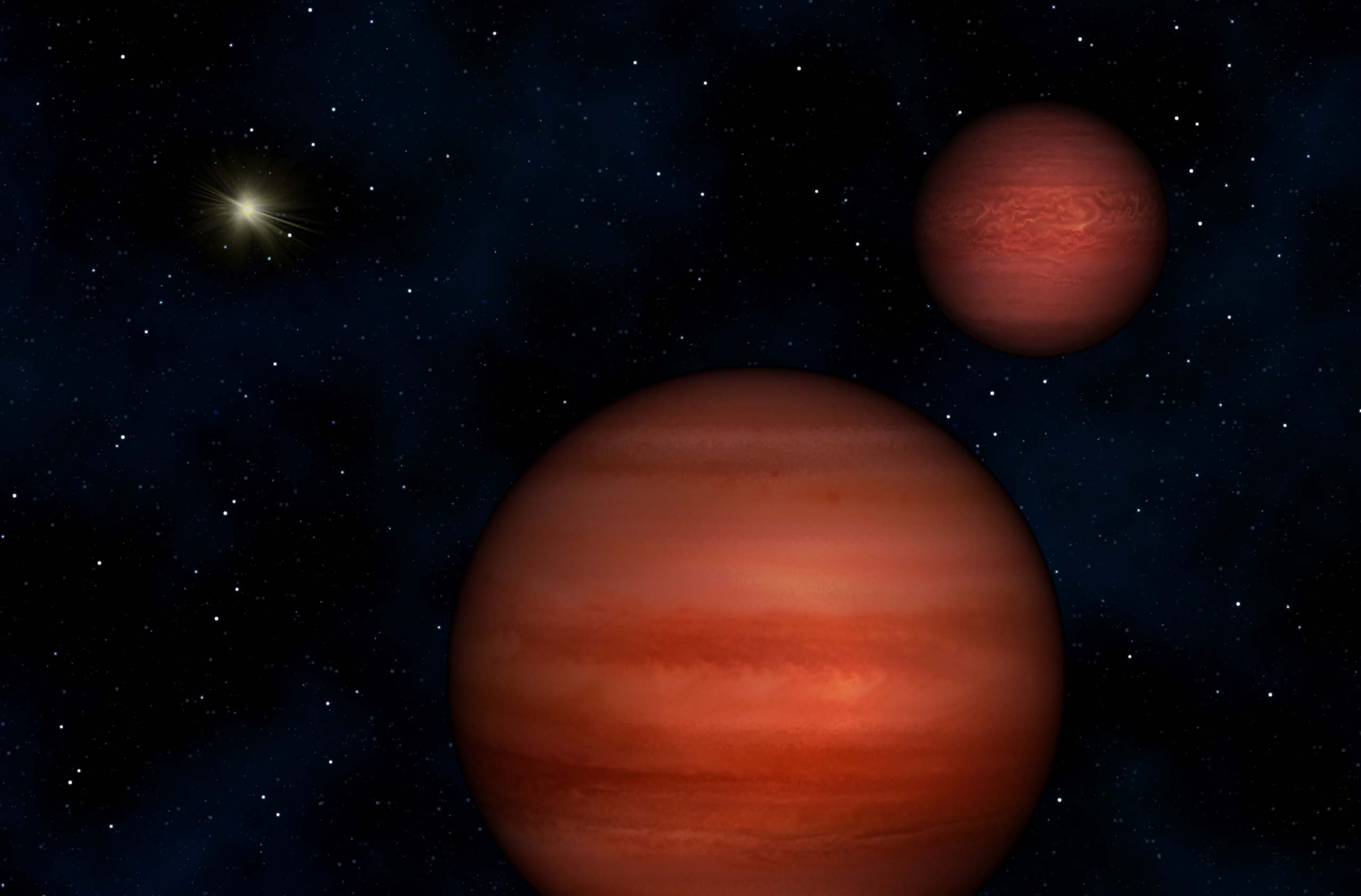
An illustration depicting a pair of "planets from nowhere" accompanying another star in the distance - Photo: UNIVERSITY OF PENNSYLVANIA
Brown dwarfs typically have a mass 13-80 times that of Jupiter, too large to be a planet but too small to sustain the nuclear fusion reactions inside their cores that would make them a star.
They are also born among clouds of gas and dust like stars, not from the protoplanetary disk of another parent star.
As such, they are sometimes called "failed stars" or "lost planets", "planets from nowhere", and are generally still considered a great mystery in astronomy.
The existence of Gliese 229 B has further puzzled scientists as they tried to understand the nature of this type of object. But now, scientists have found new "light" after nearly 3 decades.
This time, the research team from Caltech collaborated with a series of leading research facilities in the world such as the US and European space agencies (NASA and ESA), the European Southern Observatory (ESO), the Max Planck Institute for Astronomy (MPIA - Germany)...
They relied on the GRAVITY interferometer on ESO's Very Large Telescope in Chile to analyze this strange object, with a new hypothesis: Gliese 229 B is actually a pair of objects.
The observatory's Cryogenic High-Resolution Infrared Spectroscopy (CRIRES+) instrument then continued to look for distinct spectral signatures and measured their Doppler shifts.
Results recently published in the journal Nature confirm that Gliese 229 B are two brown dwarf stars (Gliese 229 Ba and Gliese 229 Bb) with masses about 38 and 34 times that of Jupiter.
The pair orbit each other every 12 days and at a distance 16 times the distance from Earth to the Moon.
This result is completely consistent with the light signal that Caltech scientists collected from Gliese 229 B nearly 30 years ago.
According to the authors, the discovery of Gliese 229 B as a binary not only solves a long-standing mystery, but also promises to significantly deepen our understanding of brown dwarfs.
They are also a rare pair of brown dwarfs, with a companion red dwarf star, Gliese 229 A. They almost orbit this larger star.
Some hypotheses suggest that brown dwarf pairs may form within a star's protoplanetary disk, which fragments into two gravitationally bound brown dwarf seeds after close encounters.
However, most researchers still believe that their relationship is only companionship, since all are born directly from interstellar gas clouds.
Scientists hope to find more similar pairs to answer this question.
Source: https://nld.com.vn/hai-hanh-tinh-tu-hu-khong-phat-tin-hieu-gay-boi-roi-196241021114016696.htm



![[Photo] President Luong Cuong receives US Secretary of War Pete Hegseth](https://vphoto.vietnam.vn/thumb/1200x675/vietnam/resource/IMAGE/2025/11/02/1762089839868_ndo_br_1-jpg.webp)


![[Photo] Lam Dong: Images of damage after a suspected lake burst in Tuy Phong](https://vphoto.vietnam.vn/thumb/1200x675/vietnam/resource/IMAGE/2025/11/02/1762078736805_8e7f5424f473782d2162-5118-jpg.webp)

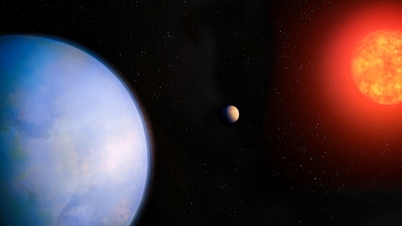

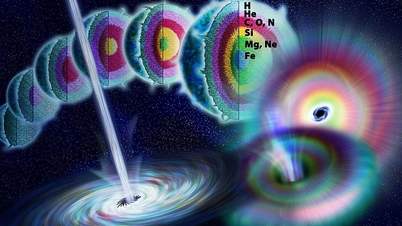
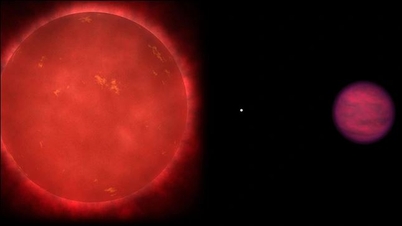

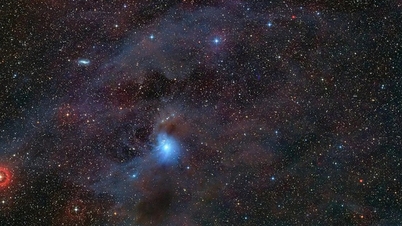


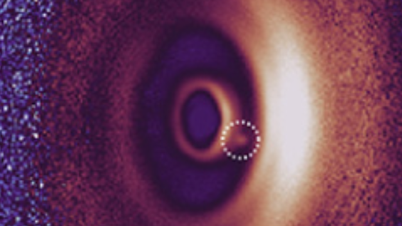



























































































Comment (0)